WEEE stands for “Waste Electrical and Electronic Equipment”. WEEE are those electrical or electronic devices that have reached the end of their useful life or are no longer useful for the purpose for which they were designed. It is therefore important that WEEE is recycled in an appropriate and responsible manner through reception and recycling processes that guarantee its correct final disposal or, failing that, its transformation into new products.
When we talk about WEEE, we refer to products such as computers, mobile phones, televisions, household appliances, electronic toys, etc.
How WEEE is classified.
Waste Electrical and Electronic Equipment (WEEE) can be classified into different categories according to their origin and composition.
- Large household appliances such as refrigerators, washing machines, dryers, dishwashers, ovens, cookers, air conditioners, among others.
- Small household appliances, such as toasters, blenders, irons, hoovers, among others.
- Computer and telecommunications equipment, including computers, laptops, tablets, mobile phones, printers, scanners, routers, among others.
- Consumer electronic equipment such as televisions, stereos, DVD and Blu-ray players, video game consoles, among others.
- Lamps and luminaires: including incandescent, fluorescent and LED lamps, among others.
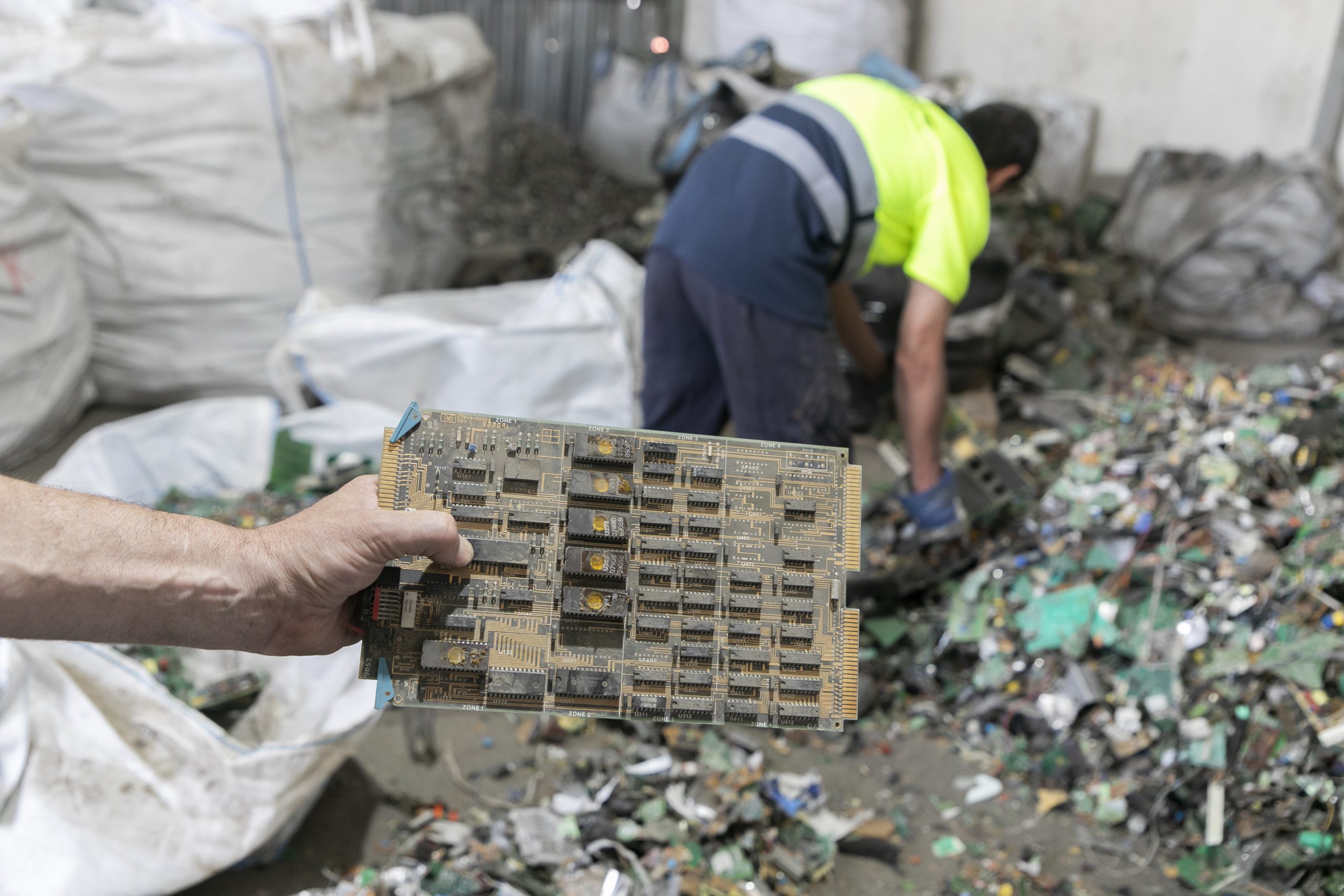
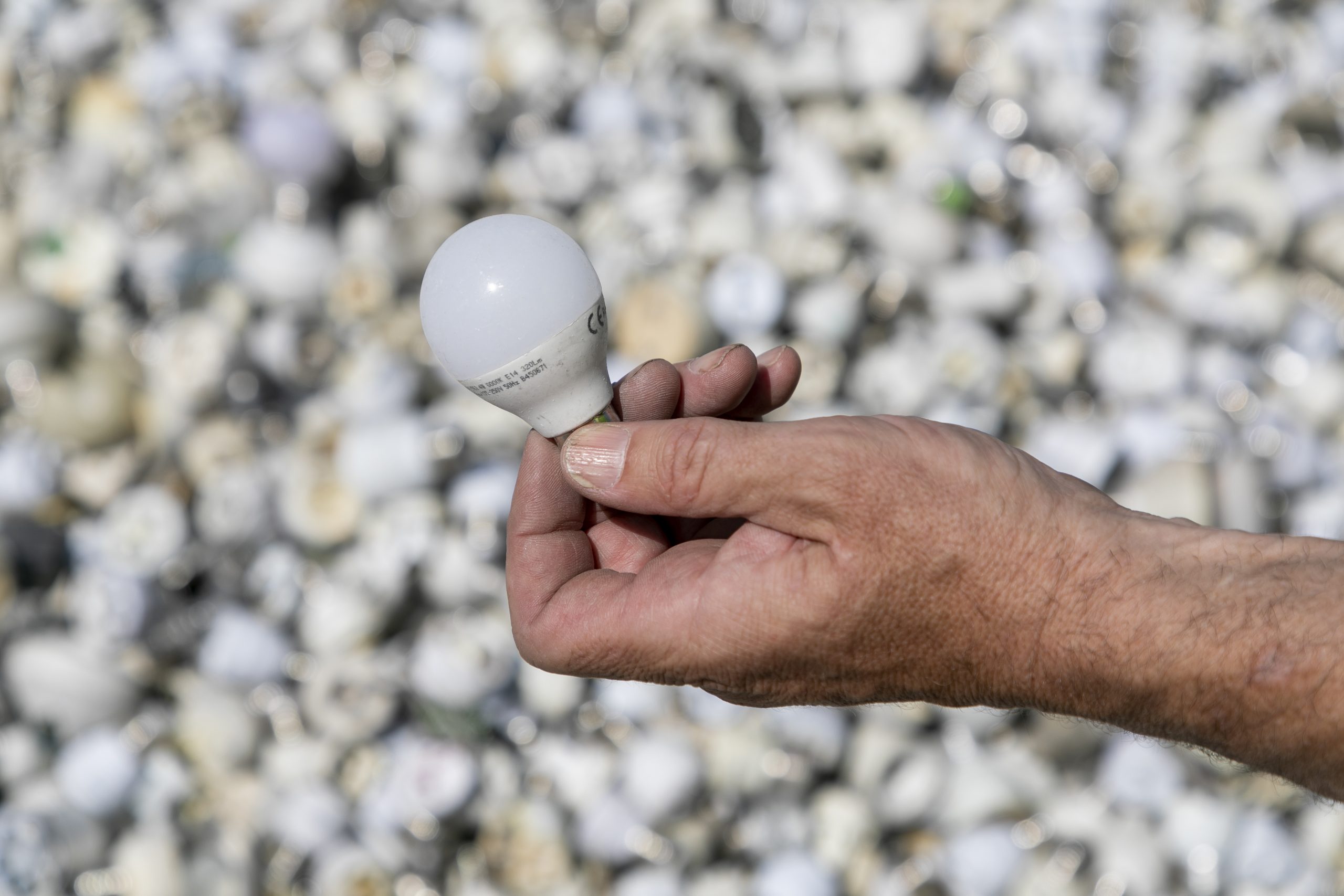
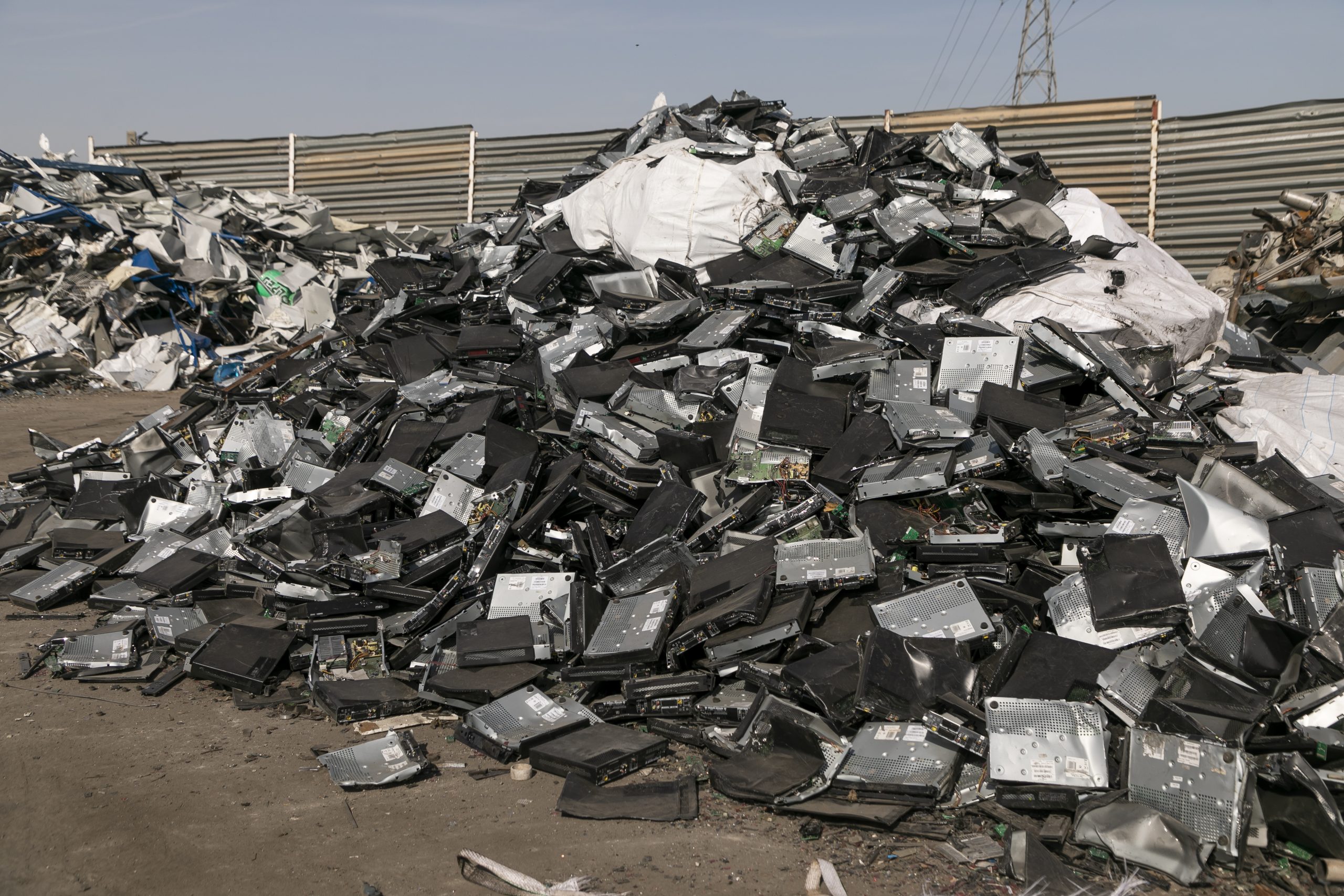
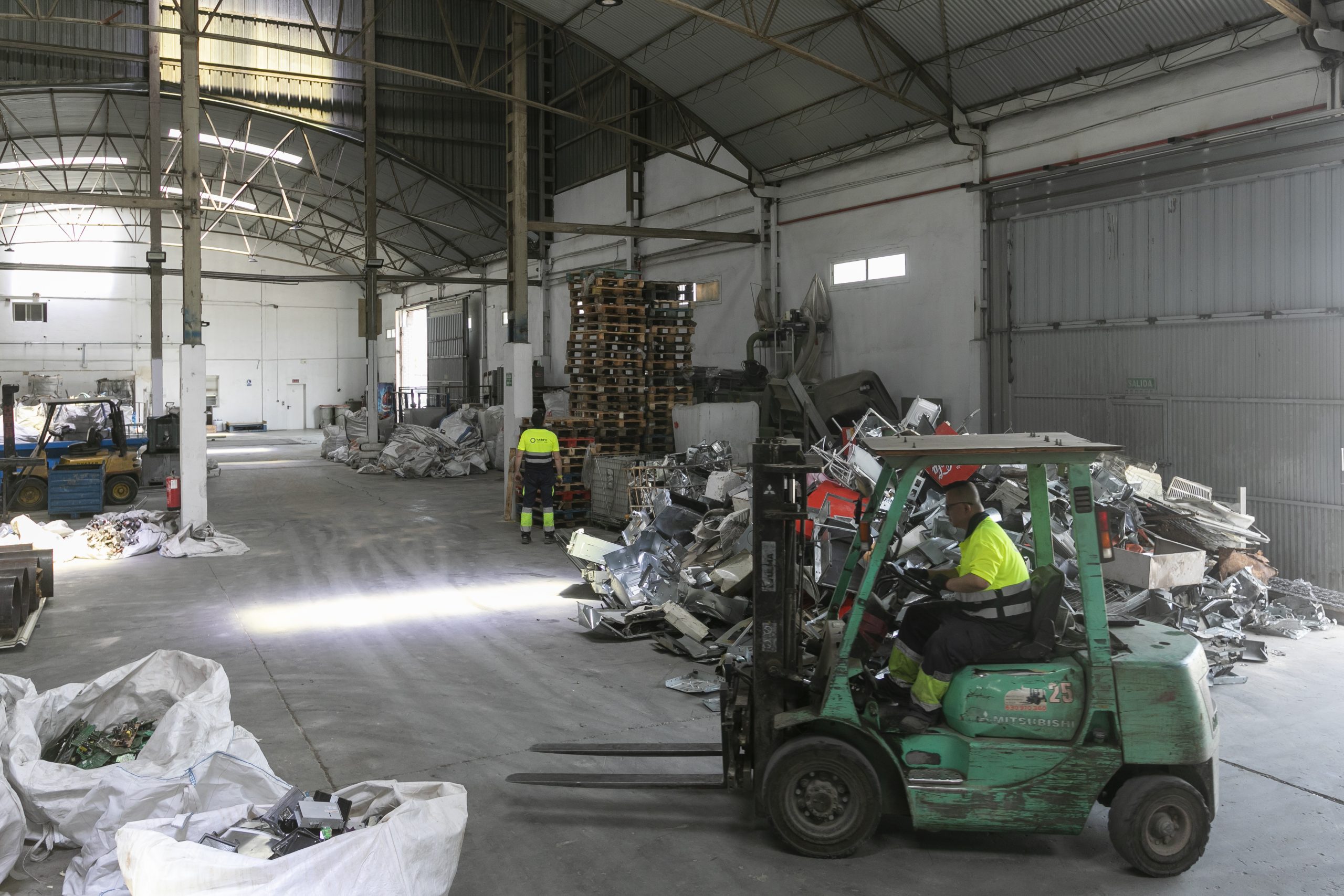
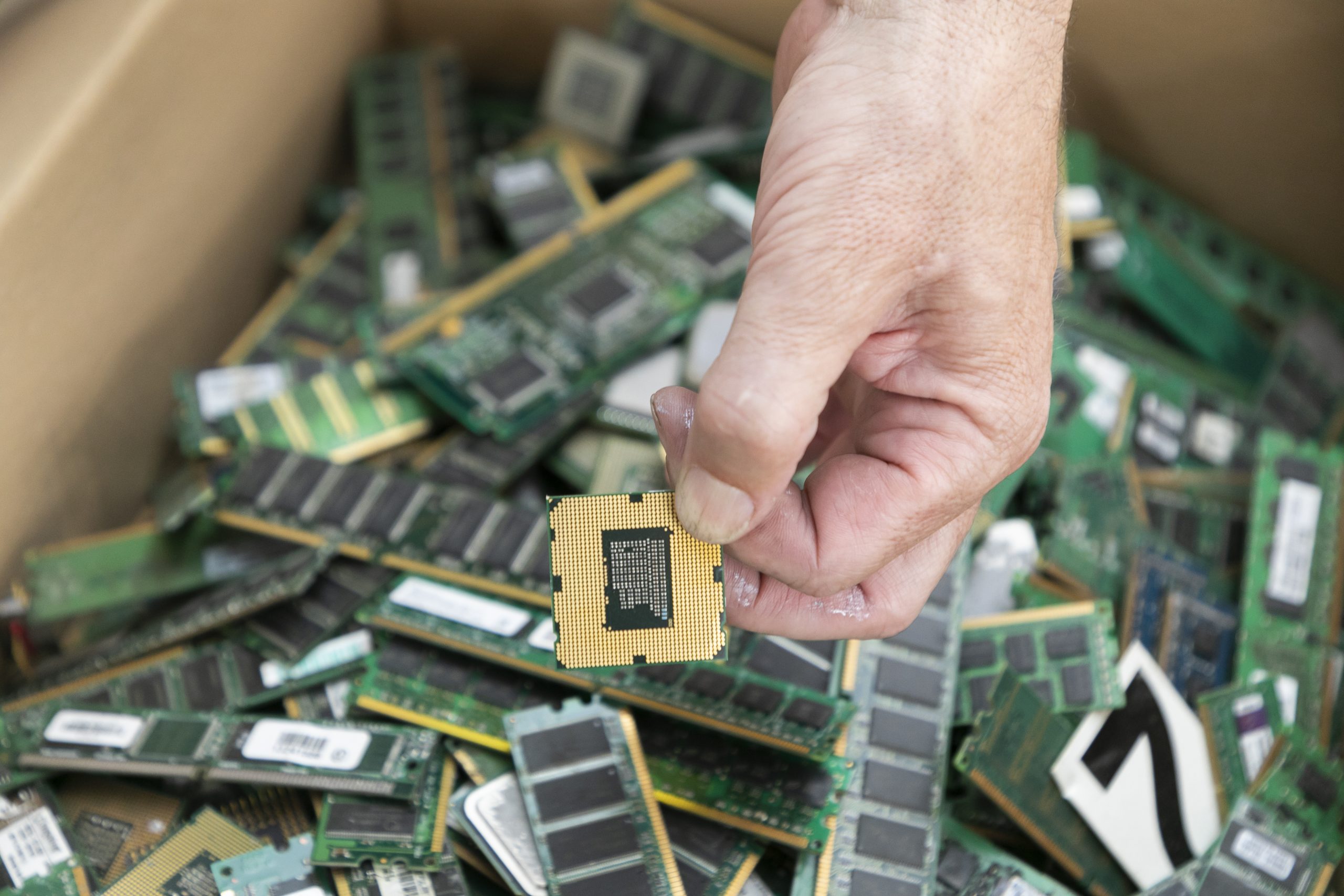
To classify whether a waste electrical and electronic equipment (WEEE) is hazardous or non-hazardous, the following steps should be followed.
Waste identification
The first thing to do is to identify the type of WEEE waste according to its origin, composition and characteristics.
Verification of the hazardousness
Once the waste has been identified, we must check whether it contains substances or components that may be hazardous to human health or the environment, through the established regulations on hazardous substances in each country.
Classification of the waste
If the waste contains hazardous substances, it is classified according to the risk it presents. Although the criteria may vary from country to country, they are generally classified according to categories such as flammable, toxic, corrosive, explosive, among others.
Processes and management
Once the waste has been classified, it is time to protocolise the entire process and management of the WEEE waste, from its collection, transport and specific treatment according to its classification.
At Yainfe we aim to ensure sustainable and responsible management of WEEE and contribute to the circular economy by preventing negative environmental impacts, recovering valuable materials and reducing costs, always in compliance with current regulations and quality standards. Please contact us.




